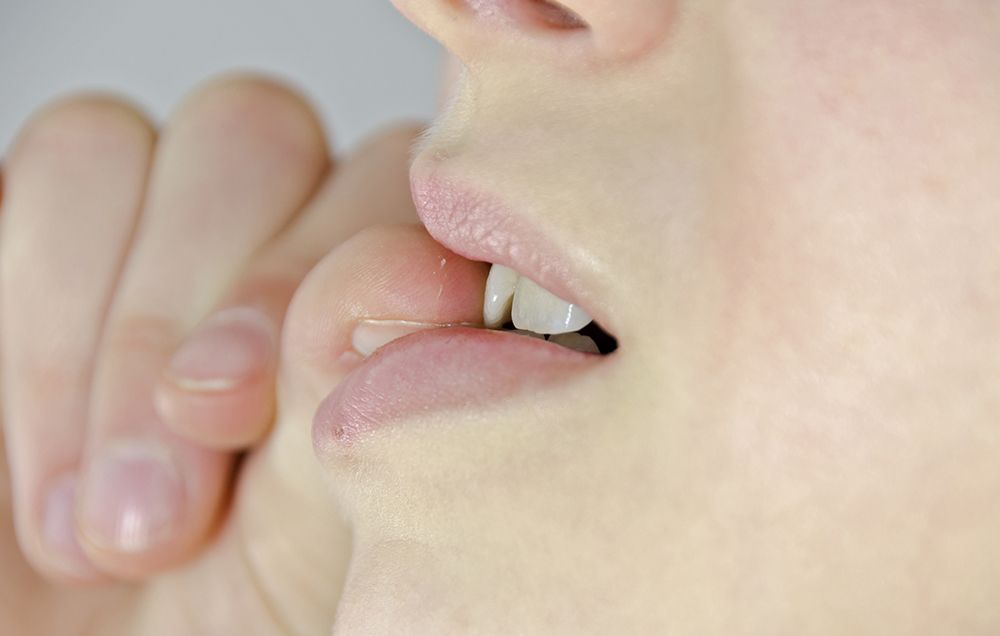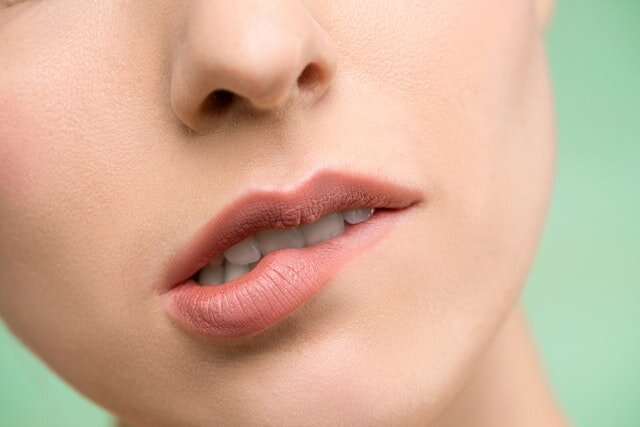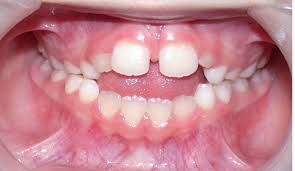Habit Breaking Appliances
Habit Breaking Appliances
Parafunctional habits in children refer to behaviors involving the oral cavity or muscles around the mouth that are outside the usual functional activities like eating or speaking. These habits can affect oral health and development. Some common parafunctional habits include:

Bruxism (Teeth Grinding):
Stress, misaligned teeth, or an abnormal bite can contribute to bruxism in children. It can lead to tooth wear, jaw pain, headaches, and in severe cases, damage to teeth and jaw joints.

Nail Biting
Anxiety, stress, or imitation of others can lead children to bite their nails. Nail biting can result in damaged nails, potential infections, and in some cases, affect the alignment of teeth if it causes pressure on the jaw.

Cheek Biting or Lip Biting:
This can be accidental or due to stress or misaligned teeth. It can cause tissue damage, sores, and in some cases, contribute to oral health issues.

Tongue Chewing or Sucking:
Some children may develop the habit of chewing on their tongue due to stress or as a self-soothing mechanism. Continuous tongue chewing can lead to irritation or damage to the tongue.
Mouth Breathing
Mouth breathing can be caused by nasal congestion due to allergies, enlarged adenoids, or other blockages in the airways. It might also become a habit if a child regularly breathes through their mouth due to chronic nasal congestion. Chronic mouth breathing can lead to dry mouth, bad breath, sleeping problems, and improper development of the face and jaw, potentially resulting in orthodontic issues.
Thumb Sucking
Thumb sucking is a natural reflex in infants but can persist due to comfort or stress. If the habit persists beyond a certain age, it can become a habit difficult to break. Prolonged thumb sucking can affect the alignment of teeth, causing an overbite or changes in the roof of the mouth, which may require orthodontic treatment.

Tongue Thrusting:
Tongue thrusting, where the tongue pushes against the teeth when swallowing or speaking, can be due to certain oral habits or issues with swallowing function. It can impact the positioning of teeth, leading to orthodontic problems and affecting speech patterns.
Certainly, those habits can have implications for a child’s health and development.
Addressing these habits typically involves a multi-disciplinary approach, involving pediatricians, dentists, and sometimes speech therapists or orthodontists. Interventions may include behavior modification techniques, devices like thumb guards, or treatments to address underlying issues like allergies or nasal congestion.
It’s essential to approach these habits with patience and understanding. Encouraging positive behavior and providing support can often help children overcome these habits gradually. Early intervention is beneficial to prevent potential long-term consequences on oral health and development.
In pediatric dentistry, several appliances are used to help break harmful oral habits in children. These appliances are designed to discourage or prevent habits like thumb sucking, tongue thrusting, or mouth breathing. Here are a few commonly used ones:
1. Thumb/Finger Appliances:
- Thumb Crib: This appliance is placed in the roof of the mouth and prevents the thumb or finger from comfortably resting there, making it less satisfying for the child to suck.
- Palatal Bars or Screens: These are placed across the roof of the mouth, making thumb sucking uncomfortable or less convenient.
2. Tongue Thrust Appliances:
- Tongue Cribs or Ramps: These devices discourage tongue thrusting by altering the positioning of the tongue during swallowing, making the habit less comfortable.
3. Mouth Breathing Appliances:
- Expanders or Orthodontic Devices: In cases where mouth breathing is due to issues like narrow dental arches or other structural problems, expanders or orthodontic devices might be used to widen the palate, facilitating nasal breathing.
4. Habit Breaking Reminders:
- Removable Appliances: Some removable appliances are designed to act as reminders, making it uncomfortable for the child to continue the habit. These might have protrusions or textures that make thumb sucking or other habits less enjoyable.
These appliances are customized to suit the specific needs of each child and their habit. Their effectiveness relies on proper usage and cooperation from the child. Pediatric dentists often assess the habit and its effects before recommending a particular appliance. Additionally, behavioral techniques and positive reinforcement are commonly used alongside these appliances to encourage the child to break the habit successfully.
It’s important to consult a pediatric dentist or orthodontist to determine the most suitable appliance and approach for your child’s habit. Regular monitoring and follow-ups ensure that the appliance is working effectively and the habit is being addressed appropriately.
Need an Emergency Help?
Call Us!
Testimonials
What people say about Us.

Mr. and Mrs.Bagla
They are dentists with good skill and talent…soft spoken and well behaved..

Vipin Netriwal
I was dealing with a dental surgical complication from my previous dentist since last 3-4 months for which I consulted so many doctors. A friend of mine suggested me to consult Dr. Gaurav Shah and after getting the treated by Dr. Gaurav Shah, my problem vanished in 15 days. It is also pertinent to mention here that both the husband and wife (Dr. Gaurav Shah and Dr. Veena Gauri Shah) are very kind hearted, very soft spoken and behave with patient in such a manner that the patient feels relieved of pain. Thanks a lot.

Arun Chordia
My experiences with Dr. Shah have always been extremely pleasant. His professional approach along with top quality service delivery ensures all round dental care.

